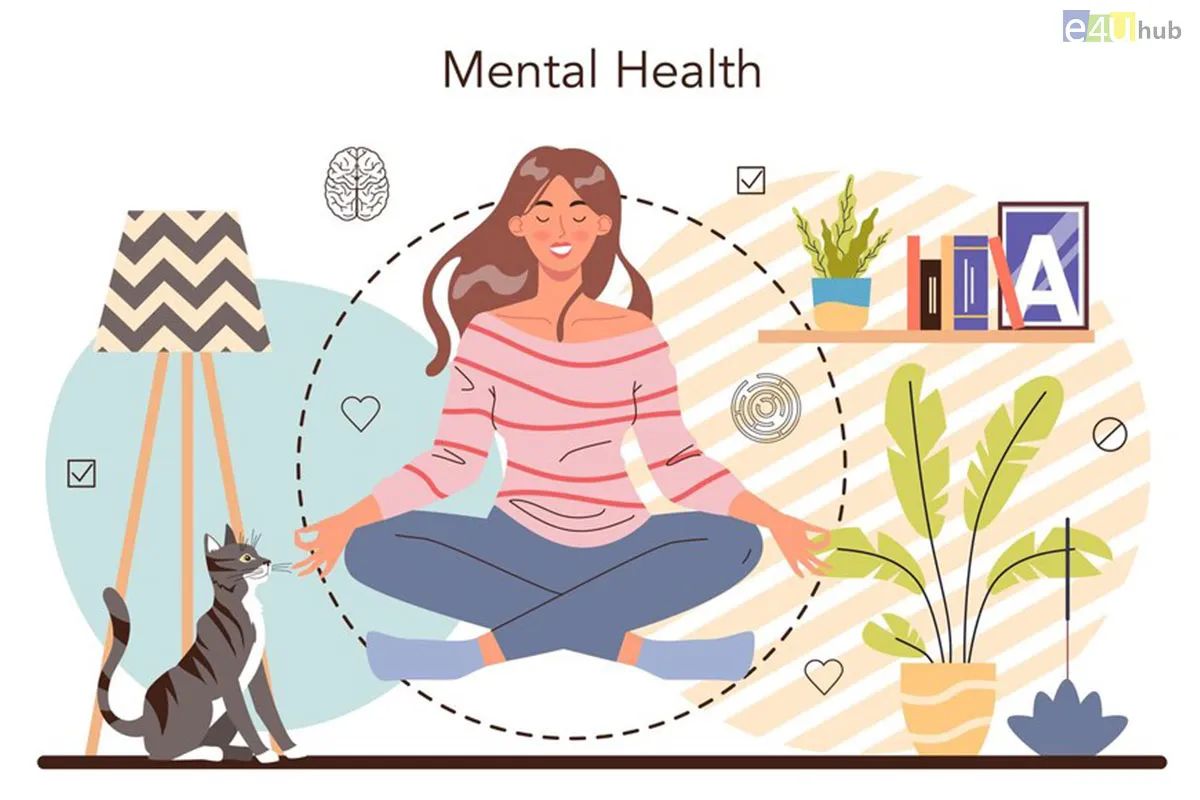
Walking for Health: Underrated and Effective
- 14 Jun, 2025
- Health
- 380 Views
- 0 Comments
In an era where high-intensity workouts, fitness challenges, and gym memberships dominate the wellness world, it's easy to overlook one of the simplest and most accessible forms of exercise: walking. Yet, this basic activity holds immense health benefits that often go unnoticed.
Whether you're trying to boost your mood, manage your weight, or improve your heart health, walking can be your silent powerhouse. Here’s why this underrated activity deserves a spot in your daily routine.
1. Why Walking Works
Walking is a low-impact, moderate-intensity exercise that almost anyone can do — no equipment required. It’s gentle on the joints, doesn’t need a gym membership, and can be done anywhere: in a park, on a treadmill, or even around your neighborhood.
What makes walking especially effective is consistency. While it may not torch calories as quickly as running or cycling, regular walking adds up in powerful ways.
2. Top Health Benefits of Walking
a. Improves Heart Health
Walking just 30 minutes a day can reduce the risk of heart disease by up to 19%. It helps lower blood pressure, reduce cholesterol levels, and improve circulation — all of which contribute to a healthier heart.
b. Boosts Mental Well-being
Walking, especially in nature, is known to reduce stress, anxiety, and depression. It increases endorphin levels — your brain’s feel-good chemicals — leading to better mood and mental clarity.
c. Aids in Weight Management
While walking may not be as intense as other cardio workouts, it still helps burn calories. A brisk 30-minute walk can burn around 150 calories, and over time, contributes to steady, sustainable weight loss.
d. Enhances Joint Health
Walking lubricates the joints and strengthens muscles around them. It’s particularly beneficial for people with arthritis, as it increases mobility without putting undue stress on the body.
e. Boosts Creativity and Focus
Research indicates that walking can enhance creative thinking and problem-solving abilities. So, if you're stuck on a task or idea, a quick walk may help you think more clearly.
3. How to Get Started (and Stick With It)
Start small: If you’re new to walking, begin with 10–15 minutes a day and gradually increase.
a. Walk briskly: A moderate pace where you can talk but not sing is ideal.
b. Set goals: Try tracking your steps with a smartwatch or app. Aim for 8,000–10,000 steps a day, but remember, any movement is better than none.
c. Mix it up: Explore different routes, listen to music or podcasts, or invite a friend to join.
d. Make it a habit: Schedule walks into your day — during lunch breaks, after dinner, or first thing in the morning.
4. The Bottom Line
Walking is often overlooked because it seems too easy to be effective. But research consistently shows that it’s one of the best forms of exercise for long-term physical and mental health.
So the next time you’re tempted to skip a workout because it feels like too much, remember: a simple walk might be just what your body (and mind) needs.















Leave a Reply